Thaumetopoea pityocampa
([Denis & Schiffermüller], 1775)
-
 Subfamily: Thaumetopoeinae
Subfamily: Thaumetopoeinae -
 Wingspan: 26-42 mm
Wingspan: 26-42 mm -
 Flight period: Jul - Aug
Flight period: Jul - Aug -
 Spread: Common
Spread: Common -
 Host plants: Fagaceae
Host plants: Fagaceae
Information
The Thaumetopoea pityocampa also called Pine processionary is a moth of the Notodontidae family with a wingspan of 31-49 mm.
In Europe we find it on the Iberian Peninsula, in France, Germany, Switzerland, Austria, Croatia, Albania, Serbia, Greece, Bulgaria, Romania and Ukraine. *
Its range extends to the temperate regions of the Middle East and North Africa.
In Italy it is absent from Sardinia *.
The front wings of the Thaumetopoea pityocampa are white / greyish with darker dusting along the veins, three dark gray lines, almost black
they cross the wing, bending outward at the intersection with the veins, in the basal, discal and postdiscal regions. Slightly curved elongated discal spot with a lighter shade around it.
The edge is fringed in dark gray color, with light fringes in correspondence with the veins.
The hind wings whitish tending to yellowish, and have a dark spot in the anal area.
The head and thorax are dark gray with intense hair, the abdomen and combed antennae are orange, the abdomen has small grayish intersegmental bands. **
The Thaumetopoea pityocampa is a thermophilic moth and is absent in regions where the cumulative amount of daylight hours is less than 1800. ****
It overwinters in the larva stage (third or fourth stage) inside the characteristic white nests, of pyriform shape visible above all on the tops
and at the apexes of the lateral pine branches. In spring they re-emerge and voraciously feed on pine needles.
Univoltine species, adults are visible in the period between June and August. ***
The females lay on the needles from 100 to 300 eggs, in a single ovature around the needles of the host plants. **
The larvae (about 30-40 mm when ripe) have abundant hair, with a black head and a body normally grayish in the dorsal part,
in the ventral part there are ocher shades. The dorsal area has coppery red / brownish hairs that start from the tubercles.
It is these hairs that cause the larva to take on a rusty color.
The caterpillars are born in late August-September and immediately begin to feed on the needles, without causing significant damage.
With nest temperatures exceeding 9 ° C, the larvae can go out to feed even in winter *.
Once matured, the larvae descend in long lines (hence the name processionary) from the branches towards the trunk and then burrow themselves down to a depth of 10-15 cm.
The chrysalis is squat brown / brown usually inside a silky cocoon covered with plant and soil residues.
Part of the pupae can remain in this state for up to 7 years.
The Thaumetopoea pityocampa is considered a pest for the pine forests, (at the larval stage) as it compromises
the life cycle of plants by depriving them of significant parts of foliage.
In Portugal, in an area limited to 130 square km, a form of "Summer Processionary" was detected by the Portuguese entomologist Maria Rosa Santos de Paiva.
Pay close attention to the larvae, especially when in the third or fourth stage as the stinging hairs of the larvae induce severe dermatitis in people
and warm-blooded animals.
It is not the hairs that cover the larvae that are stinging , that is, those we see, but those that come
ejected from the "crevices" on the back of the larvae when they feel in danger, these tiny needles are about 200 microm in size
(visible in the last photo).
These hairs or needles contain substances that release histamine causing inflammation and even very serious allergic reactions.
The caterpillar feeds on the Pinus nigra, Pinus sylvestris, Pinus halepensis, Pinus pinea, Pinus mugo and Pinus pinaster species;
it rarely attacks Pinus strobus, and in quite exceptional way it can attack larches and cedars.
* Lepidoptera mundi https://lepidoptera.eu/ - Fauna Europea https://fauna-eu.org/
** Bestimmungshilfe für die in Europa nachgewiesenen Schmetterlingsarten - http://lepiforum.de/
*** Roland Robineau, Guide de papillons nocturne de France, Delachaux et Niestlé, 2011 p. 87
**** Lamy, M; Pastureaud, M. H; Novak, F; Ducombs, G; Vincendeau, P; Maleville, J; Texier, L (1986). "Thaumetopoein: una proteina che attacca dai peli e tegumento del bruco
***** Istruzione Agraria online - https://www.agraria.org/

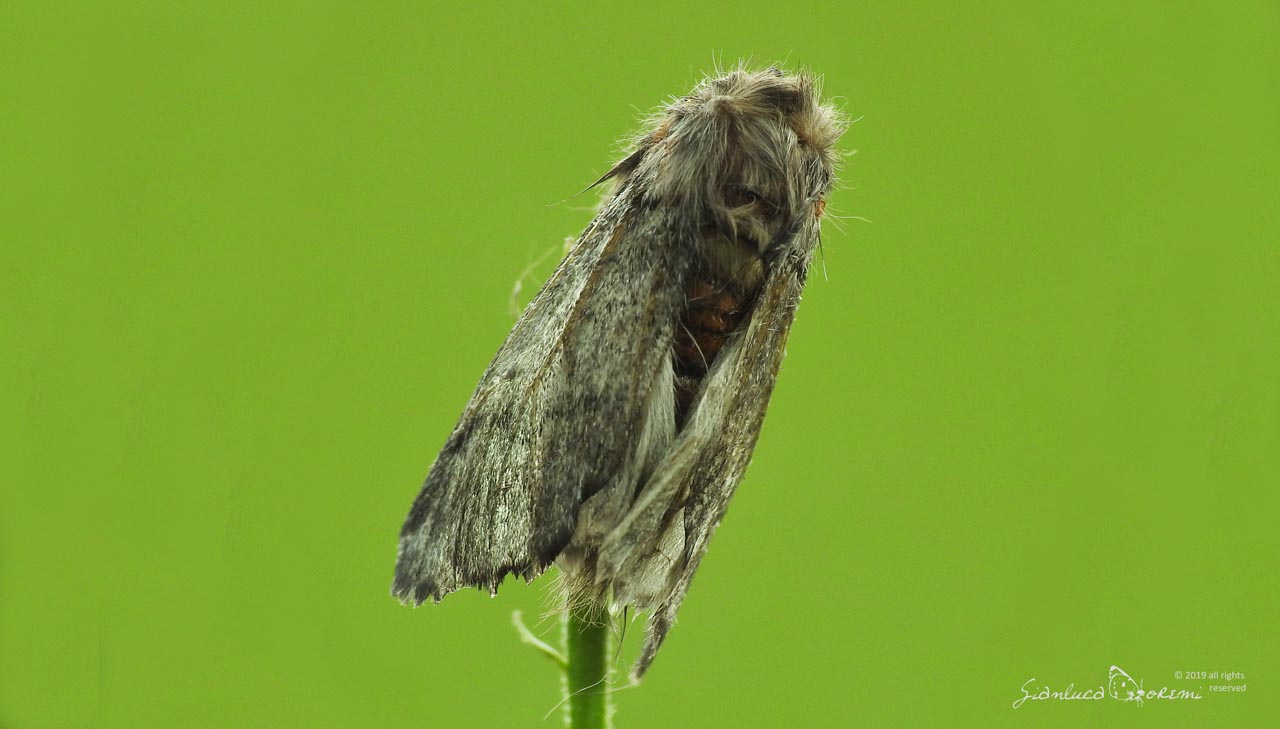
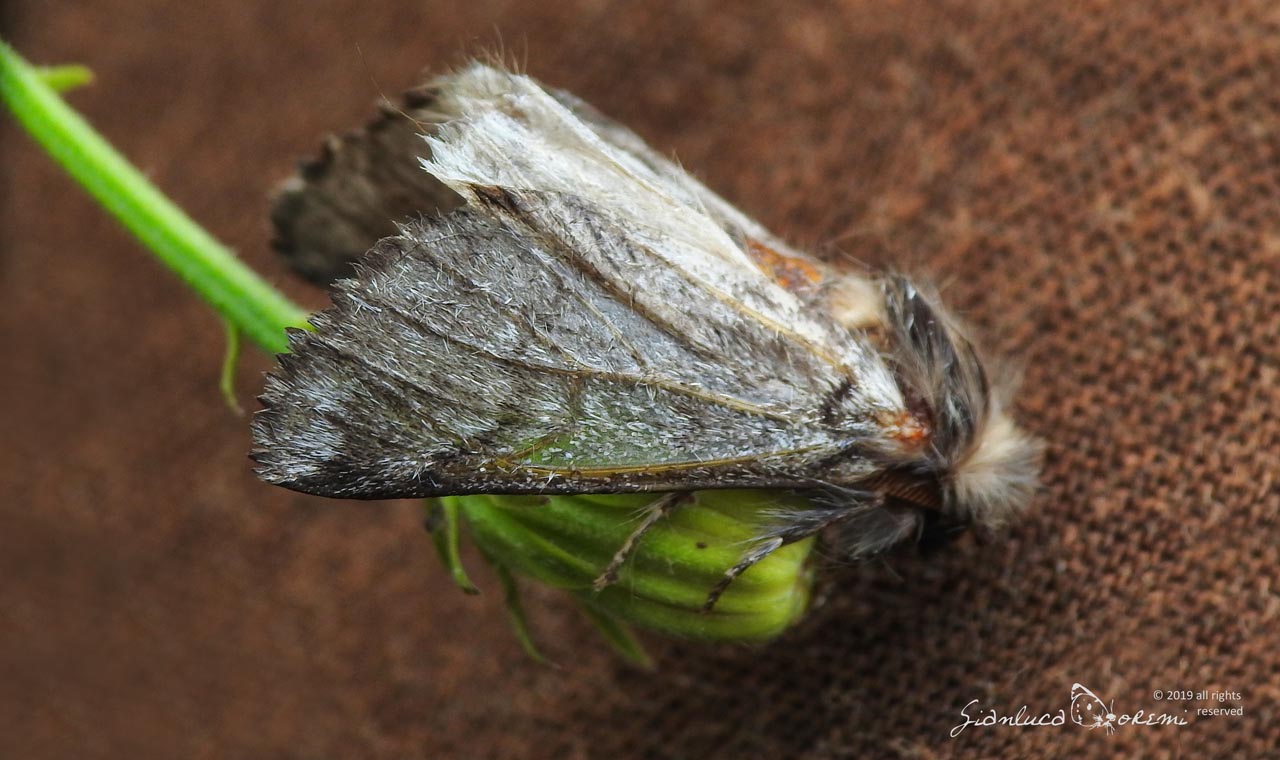

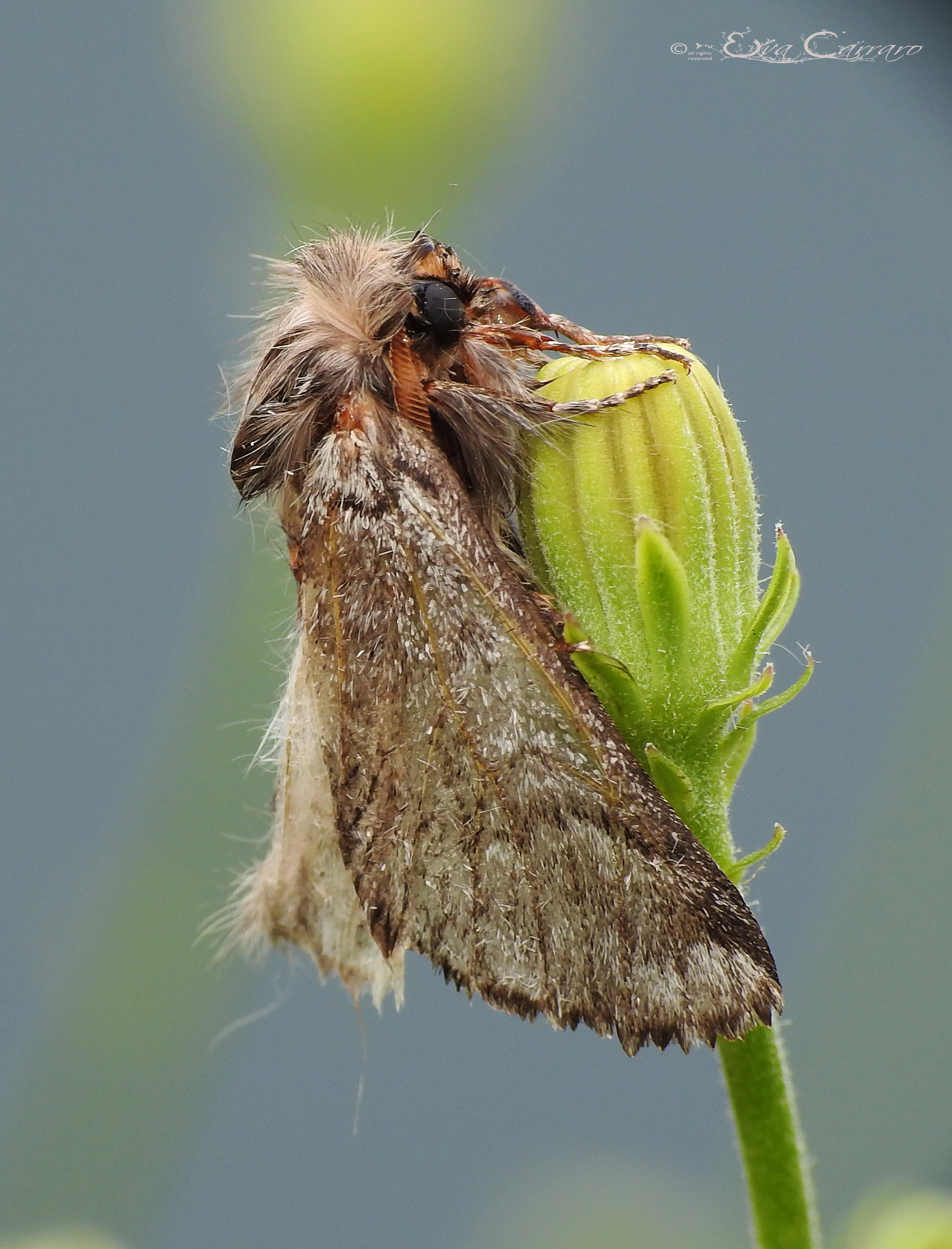
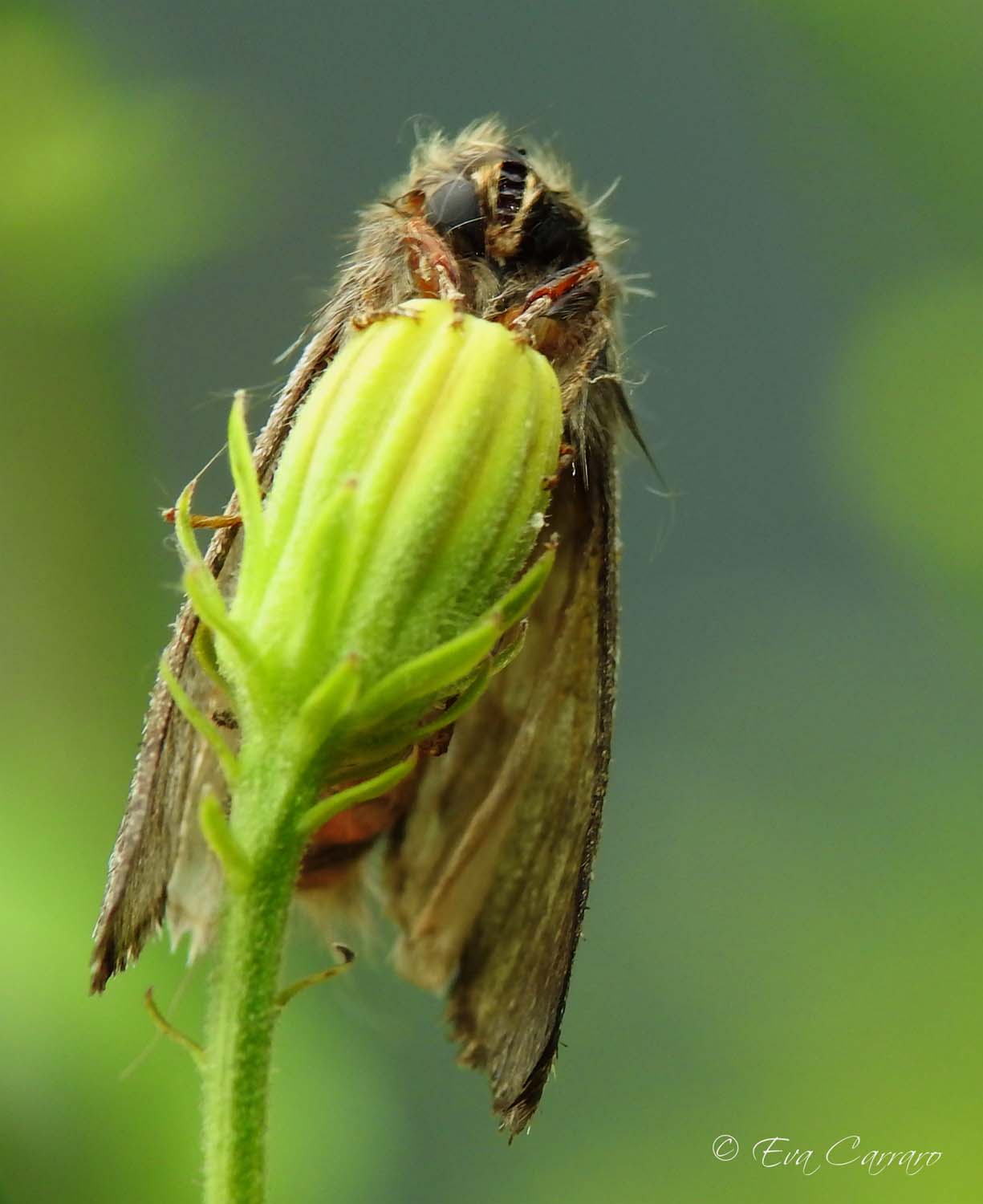
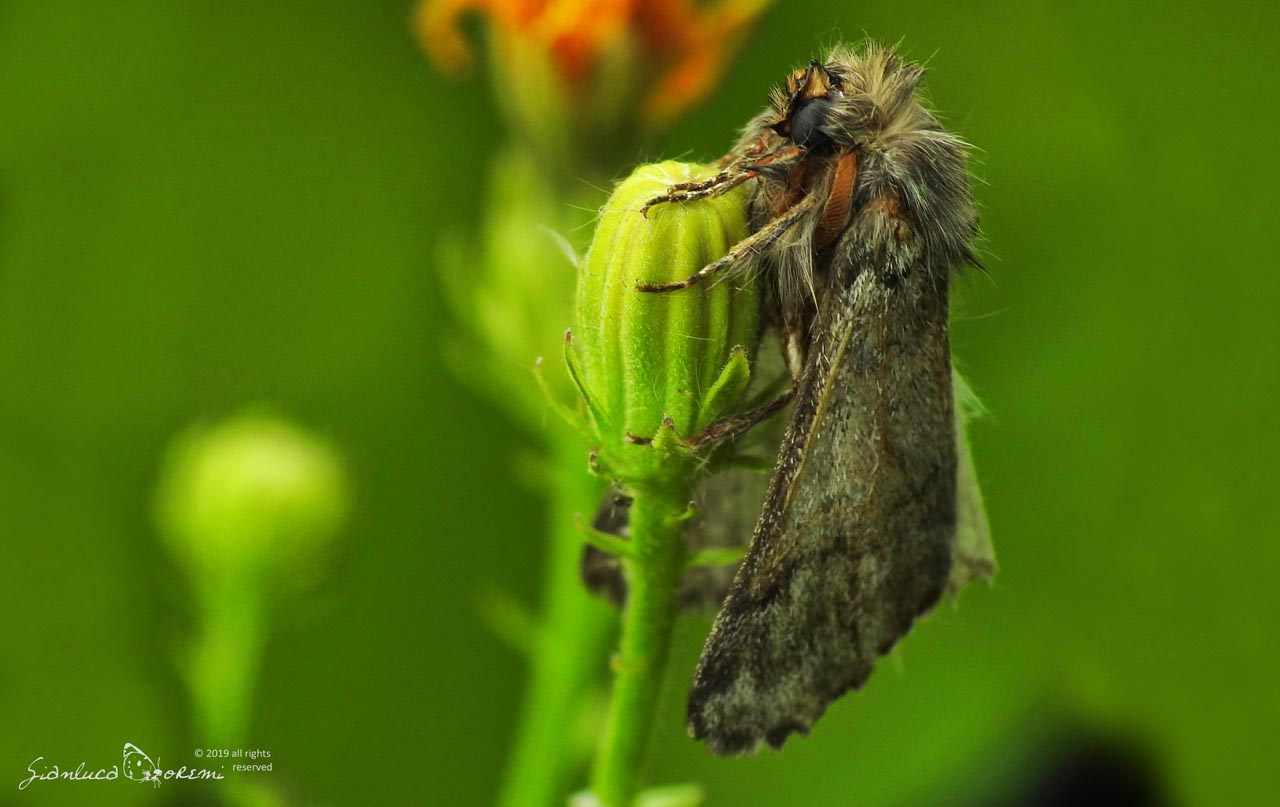
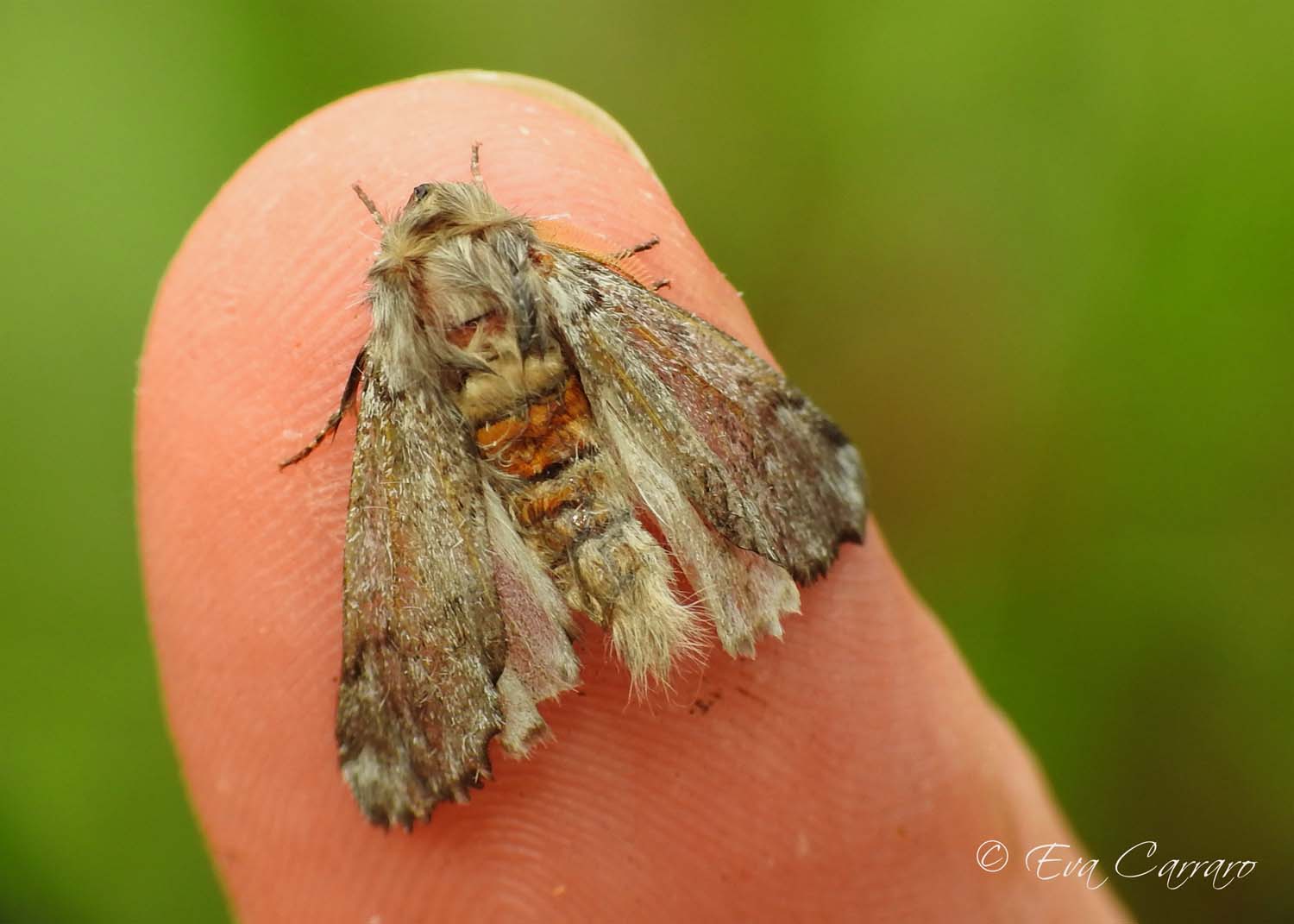
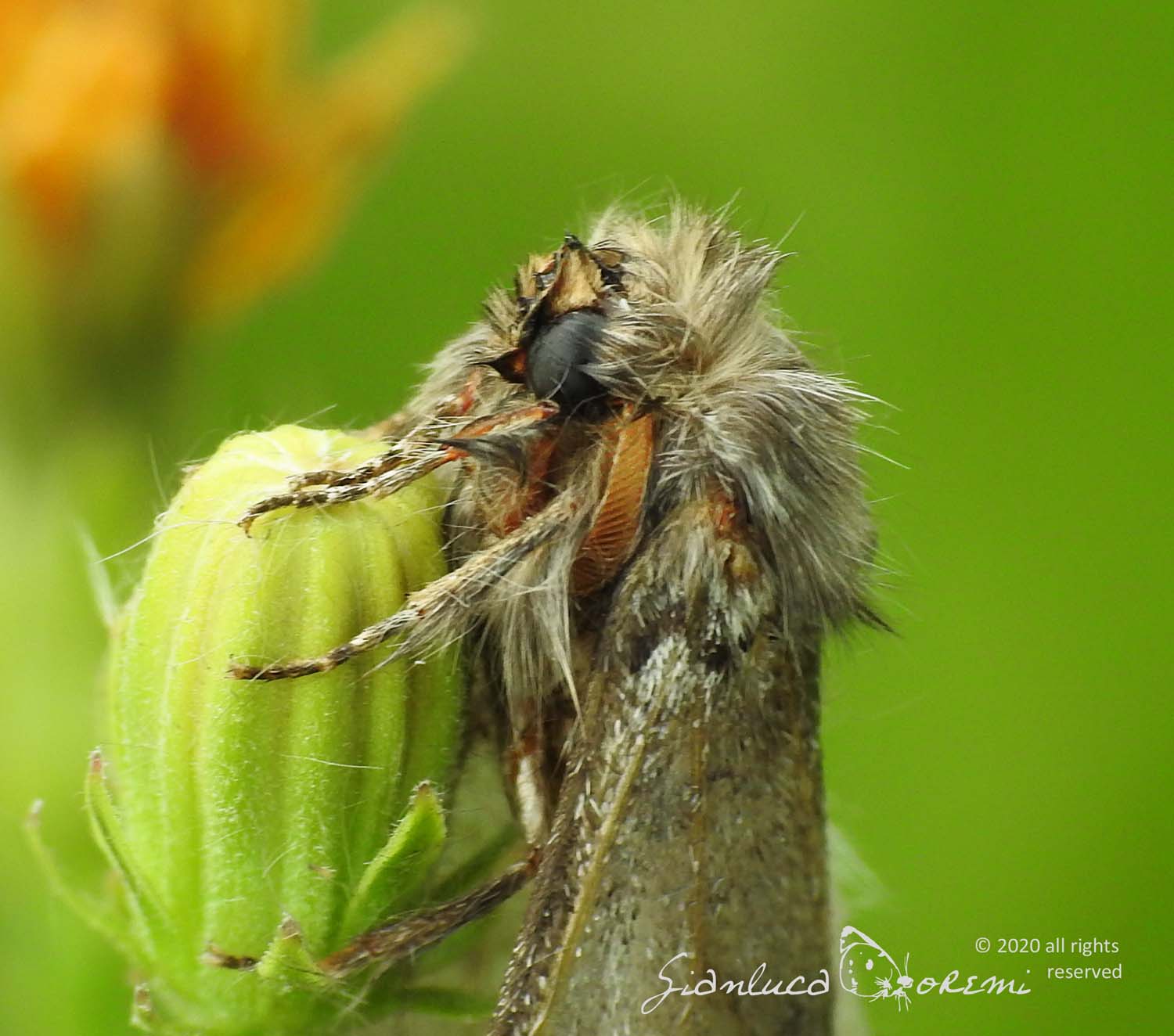
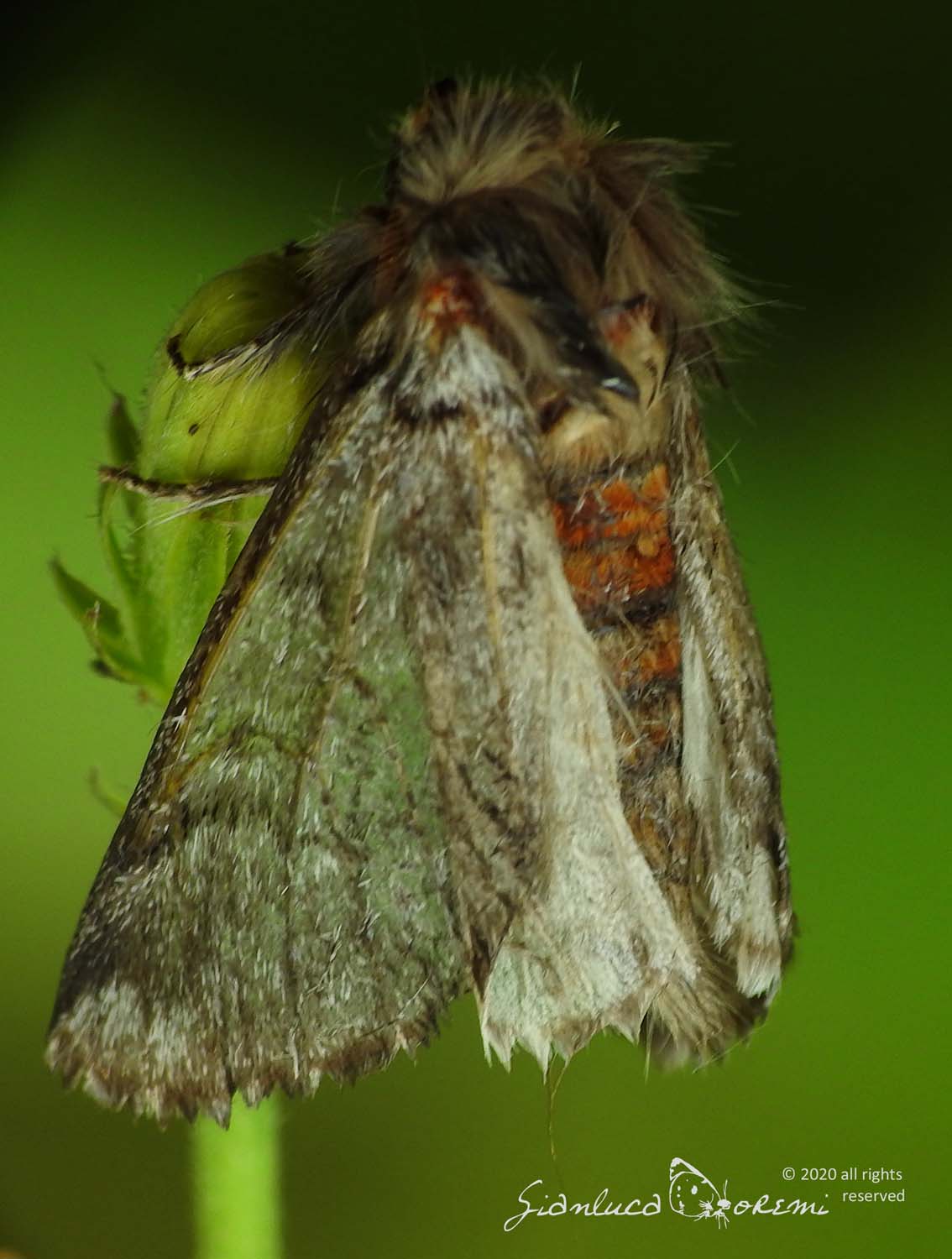

 EN
EN ITA
ITA
Social and publications